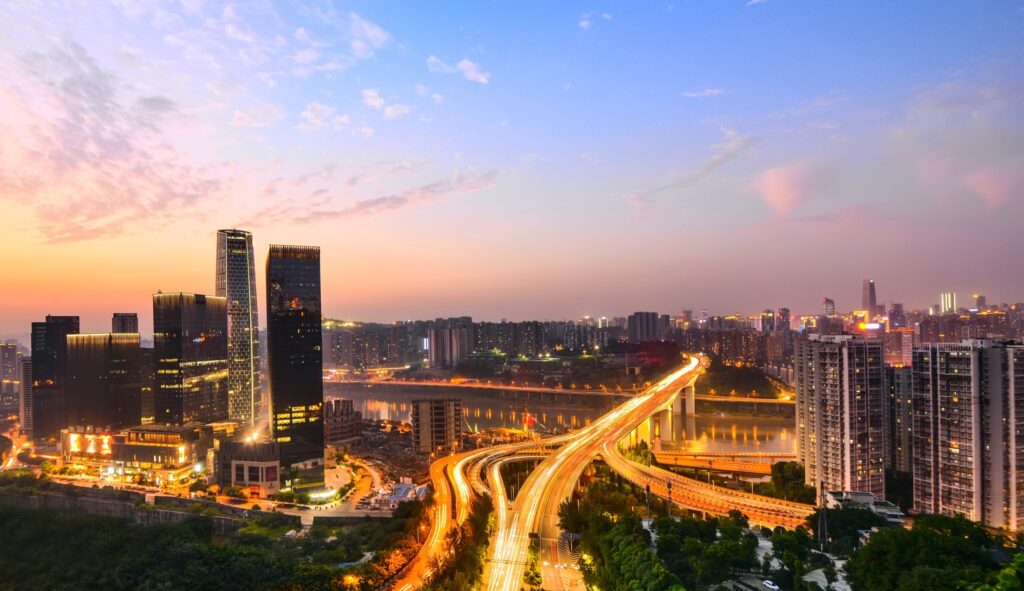2022 marked the highest inflation rate in some of the most advanced economies in the world. Shaping looming economic turbulence, factors like geopolitical tensions and interest hikes earmarked growth in the past year.
Having recorded a growth rate of 9.7% in the first half of 2022-2023, India is positioned to witness stable growth despite economic headwinds in 2023. The country is estimated to outperform the projected global average economic growth rate of 1.8%, by recording growth in the 4.8-5.9% range, this year. According to Organisation for Economic Co-operation and Development (OECD), India stands next to Saudi Arabia in the line to be the fastest-growing economy in the G20 countries in FY 2022-23. The World Bank revised its projections from 6.5% GDP growth to 6.9%. This rise in GDP levels has been attributed to India’s performance in exhibiting resilience to global headwinds.
Government spending is set to be a big spur for the economy
A big spur to the economy is coming from splurging Capex by the Indian government. In the first half of FY23 already, the government spent more than 60% of the Capex spent for the whole of FY22. In this year’s budget, the government’s infrastructure spend has seen a major increase by more than 35% from FY22, thus adding significantly to the government’s Capex spend.
Rural economy’s outbound growth
With wider market reopenings and improved labor market conditions, economic activity in rural India has been returning to normal levels. This can create a tangible growth impetus for India’s overall economic growth in 2023. In the last three-four months’ rural activity has picked up on year-on-year growth terms.

FDI flows resumed
In line with India’s credit growth and increased consumer spending levels, Foreign Institutional Investors (FIIs) are readily investing in India’s domestic-facing sectors like banks and consumption stocks to remain afloat during the global financial turmoil.
Amidst the growth curve projected, RBI is looking forward to tightening monetary policies to arrest the continuously growing inflation rate. For most parts of the last year, inflation rates remained high than the central bank’s comfort levels. Major volatilities are expected to be seen in the forex markets and dwindling exchange rates. Rupees’ depreciating value against the US dollar will have impending effects on the import market rates resulting in a humbling growth of the country’s current account deficit.
India has proven to be insulated from global economic headwinds, given its large domestic market. Private consumption and investment have shown significant growth. After exhibiting a slump against the backdrop of Russia-Ukraine tensions, both Sensex and Nifty bounced back to winning highs in the first quarter of 2022-23.
Overall, it appears that India is poised for stable economic growth in 2023, despite economic challenges and headwinds faced by other countries. Government spending, a strong rural economy, and resumed foreign investment are among the factors contributing to this growth. However, the country may face challenges such as high inflation and potential volatility in foreign exchange markets. Despite these potential challenges, India’s large domestic market and strong private consumption and investment have helped it weather global economic headwinds in the past.
In conclusion, India is well-positioned to weather the global economic downturn and continue its growth trajectory in 2023, proving that it’s not just the world’s fastest-growing major economy – it’s also one of the most resilient





 Market Research
Market Research Consumer Research
Consumer Research Industry Research
Industry Research Market Entry Strategy
Market Entry Strategy Feasibility Studies
Feasibility Studies Product Research
Product Research Automobile & Mobility
Automobile & Mobility Banking and Finance
Banking and Finance Consumer Products & FMCG
Consumer Products & FMCG Ecommerce & Retail
Ecommerce & Retail Industry & Manufacturing
Industry & Manufacturing Government & Public Sector
Government & Public Sector Industry Associations
Industry Associations Technology & Software
Technology & Software Venture Capital & PE
Venture Capital & PE Consulting & Advisory
Consulting & Advisory India Entry Market Research
India Entry Market Research Innovation Consulting
Innovation Consulting KX Market Radar
KX Market Radar Business Model Development
Business Model Development Gen Z Navigator
Gen Z Navigator